INDIAN ARMED FORCES CHIEFS ON
OUR RELENTLESS AND FOCUSED PUBLISHING EFFORTS

SP Guide Publications puts forth a well compiled articulation of issues, pursuits and accomplishments of the Indian Army, over the years

I am confident that SP Guide Publications would continue to inform, inspire and influence.

My compliments to SP Guide Publications for informative and credible reportage on contemporary aerospace issues over the past six decades.
- Interim Defence Budget 2024-25 — An Analysis
- Union Defence budget 2024
- Indian Army: In quest of greater firepower and policy recommendations for gaps
- Indian Army Annual Press Conference 2024
- 6G will transform military-industrial applications
- Tata Boeing Aerospace Delivers 250 AH-64 Apache Fuselages, Manufactured in India
Restructured leadership of DRDO
Leadership changes in DRDO signal the determination of the government to propel the organisation to attain significantly higher levels of indigenisation in defence hardware with enhanced levels of accountability.
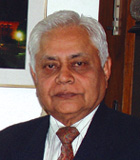 |
By Air Marshal B.K. Pandey (Retd) Former Air Officer Commanding-in-Chief of Training Command, IAF |
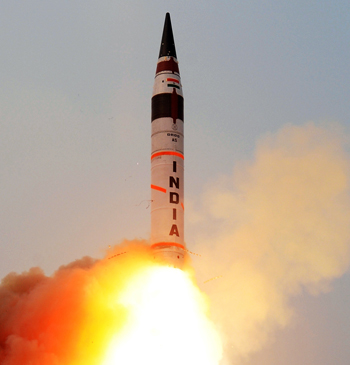
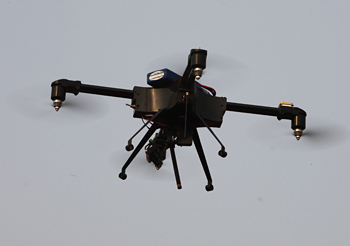
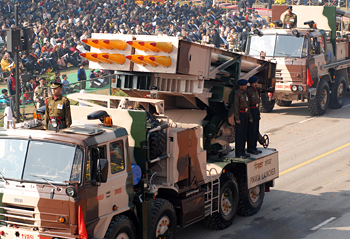
Ever since the NDA government came into power on May 26 last year, Prime Minister Modi had been sending clear signals of his intent to bring about radical reforms in the Indian Defence Research and Development Organisation (DRDO). This task figures high on his agenda especially in view of his "Make in India" philosophy that would positively need to be supported by a strong defence industrial base in the country. One of the fist things he did was to warn the organisation to shed its laissez faire attitude.
Over the years, instead of growing as a Scientific Organisation engaged in Research and Development (R&D), the DRDO has progressively degenerated into a top heavy bureaucratic entity and today it functions with the same degree of efficiency as most other departments of the central government. The DRDO has 52 laboratories spread across the country, around consumes seven per cent of the defence budget and yet the Indian armed forces continue to import around 70 per cent of their requirement of military hardware and software.
With total job security for the scientists, working conditions that is totally devoid of stress as there is practically no accountability, the scientific community at the DRDO has been wallowing in a state of complacency, has achieved little to fulfil the requirements of the Indian armed forces, despite the massive investments the nation has made. Projects assigned to the DRDO are characterised more by time and cost overruns and it does not need a great deal of wisdom to realise that in its present disposition as well as the track record so far, the organisation is unlikely to do any better. The Indian armed forces therefore will have no option but to continue to depend on foreign sources to meet with even some of their basic needs in respect of military hardware. It is indeed a sorry state of affairs.
While the malaise has been afflicting the DRDO practically since its inception, it was for the first time in February 2008 that a committee headed by Dr P Rama Rao, a former Secretary of the Department of Science and Technology, to look into the various aspects, recommended changes in institutional, managerial, administrative and financial structures for improving the functioning of the DRDO. Instead of implementing even some if not all the changes recommended by the committee, the government of the day, constituted another committee in June 2009 under the then Defence Secretary to come up with a set of acceptable recommendations. A convenient route to procrastination!
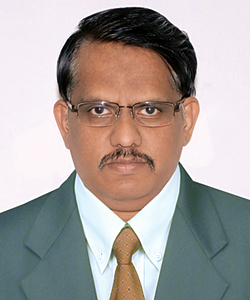
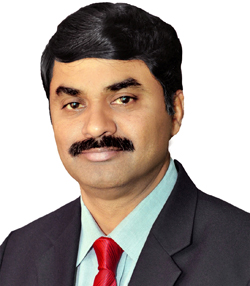
Under the existing system, the officer heading the DRDO holds three appointments simultaneously. Apart from functioning as the Director General (DG) of DRDO, he is also the Secretary Department of Defence R&D as well as the Scientific Advisor to the Minister of Defence.
The process of restructuring of the DRDO was initiated by the NDA government in the beginning of the year with the somewhat abrupt termination of the services of the DG Avinash Chander. The DG had already crossed 60, the age of superannuation and was serving on contract with a two year extension. It has been a practice at the DRDO to retain scientists on renewable contracts after superannuation thus depriving the younger generation of scientists to play meaningful role. The somewhat sudden decision to show the serving DG the door was driven by Prime Minister Modi's thrust on inducting officers of lower age profile in key appointments. The other aspect of the planned restructuring that the government has embarked upon was to separate the posts of DG, DRDO and the Scientific Advisor to the Minister of Defence, a step to ensure that the Defence Minister has the benefit of objective and independent feedback on the performance of DRDO.
The split in responsibility of the leadership was achieved with the appointment end May this year of the 59-year old Dr S Christopher who was heading the Centre for Airborne Systems, as the DG, DRDO. The post of Scientific Advisor to the Minister of Defence was taken away from the domain of the DG, DRDO and was handed over to a 51-year old scientist G Satheesh Reddy. The DG, DRDO will however, continue to function as the Secretary Department of Defence R&D, though ideally, even this responsibility ought to have been weaned away.
The recently effected changes in the leadership would have in all likelihood, set off tremors in the organisation. However, these moves signal the determination of the government to reenergise and motivate the DRDO to attain significantly higher levels of indigenisation in defence hardware with enhanced levels of accountability. Whether the DRDO will be able to match up to the expectations of the government and the Indian armed forces, only time will tell.





